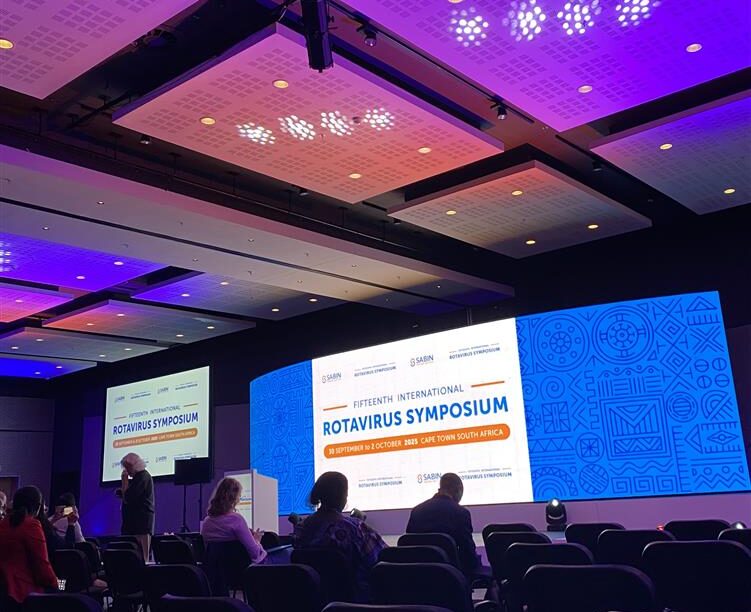
What do diarrheal disease and COVID-19 have in common?

This post originally appeared on Vaccines Work.
Diarrheal disease is the second leading infectious killer of children under five worldwide. Lessons learned from tackling this deadly disease could also help us recover from COVID-19 stronger than ever.
Maintaining routine immunization and other proven health interventions helps reduce disease burden
The global health and water, sanitation, and hygiene (WASH) communities have championed tools like vaccines and hygiene for decades. One of the many success stories to learn and take inspiration from is the rotavirus vaccine.
To carry families, especially children, through the pandemic while minimizing long-term harm, we must be relentless about maintaining routine immunization coverage against dangerous, vaccine-preventable illnesses. Otherwise, we risk additional lives being lost that could be prevented, as predicted by modeling published in The Lancet Global Health.
 Several thousand additional children are at risk of dying each month because of COVID-related interruptions to vaccines, medicines and nutrition.
Several thousand additional children are at risk of dying each month because of COVID-related interruptions to vaccines, medicines and nutrition.
No one is protected until everyone is protected
The challenge of protecting children from diarrhea has never been a lack of technology or know-how, but from inequitable access to lifesaving tools.
Inequity is often related to economics: whether it’s diarrhea or COVID-19, infectious disease always hits the poorest hardest. And in doing so, it further widens the gap. Direct and indirect costs, such as time away from work, can be financially devastating for families already struggling to make ends meet. Inequity is also racial: COVID-19 burden data are the latest chapter of long-standing racial disparities in health outcomes, including in diarrheal disease.
The nature of a pandemic reinforces the truth that we are only as resilient as the most vulnerable among us. To right these wrongs, policymakers should target high-impact health interventions in the areas of highest disease burden. This way, everyone wins.
Addressing climate change strengthens our foothold against infectious disease
We are fortunate to have simple, proven, cost-effective tools at our disposal to prevent and treat infections like diarrhea. With tools like masks, social distancing, and of course, frequent handwashing with soap, the world is not defenseless against COVID-19 even as we await a vaccine.
But we can’t truly achieve health for all without addressing a deeper level of prevention. Infectious disease burden, whether acute like COVID-19 or chronic like diarrhea, will worsen with the effects of climate change.
Studies suggest that deforestation and a disappearing barrier between humans and wildlife will pave the way for future pandemics such as COVID-19. Diarrhea cases will increase as floods and droughts intensify. We have to take a close look at the harmful practices that feed into the vicious cycle and work together to create policies that address climate change data.
 Water is essential for preventing the spread of many infectious diseases, like diarrhea, typhoid, and COVID-19. But climate change threatens access to clean water in multiple ways.
Water is essential for preventing the spread of many infectious diseases, like diarrhea, typhoid, and COVID-19. But climate change threatens access to clean water in multiple ways.
2020 has unveiled many of the world’s most intractable challenges. As we find a way forward together, we can take inspiration from the approaches that have increased rates of child survival. With continued focus on delivering high-impact tools to high-burden regions and a clear-eyed focused on evidence-based approaches, we can continue to build a better world for future generations.


